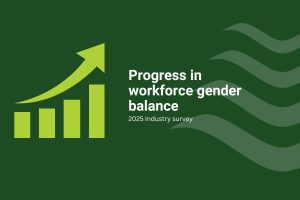A third successive quarter of declining consumer prices, measured by the Consumer Price Index (CPI) has clearly been a driver for recent monetary policy and the apparent fiscal stimulus included in the Federal Budget. For the year to end March 2015, the CPI fell to just 1.3%, down from the 1.7% for the year to end December 2014 and less than half the annual CPI of 2.9% recorded for the year ended March 2014.
As the chart below shows, the economy, at least as it is measured in price increases, has slowed considerably over the last year. Quarterly inflation for DQ’14 and MQ’15 was just 0.3%, suggesting that without stimulation, the annual CPI will fall lower still by the end of June 2015.

There is not a lot of sugar with which to coat the CPI numbers and the conclusion has to be that households and businesses have deepened their pockets, finding it tougher to get their wallets out. This is further reflected in the retail sales figures which have also fallen.
Retail sales grew a very modest 0.7% in the MQ’15, pulling the annual growth in sales for the year ended March, down to just 2.7%, its lowest level since SQ’13.
Thinking this through is important if businesses are to understand the future trajectory of the economies in which they operate. Reconciling booming housing approvals, stable but very high sales of sawn softwood and the absence of price movements is no easy thing because all the economic data aside, the reality is that an economy is made up of people who make decisions and take actions.
As discussed earlier in this edition of Statistics Count, there is an underlying conservatism in the nation’s spending patterns that seems to reflect uncertainty and the absence of confidence. Other items in this edition
address the phenomenon from other perspectives.
For further details on CPI, go to the FWPA Data Dashboard.
For further details on Retail Sales, go to the FWPA Data Dashboard.



